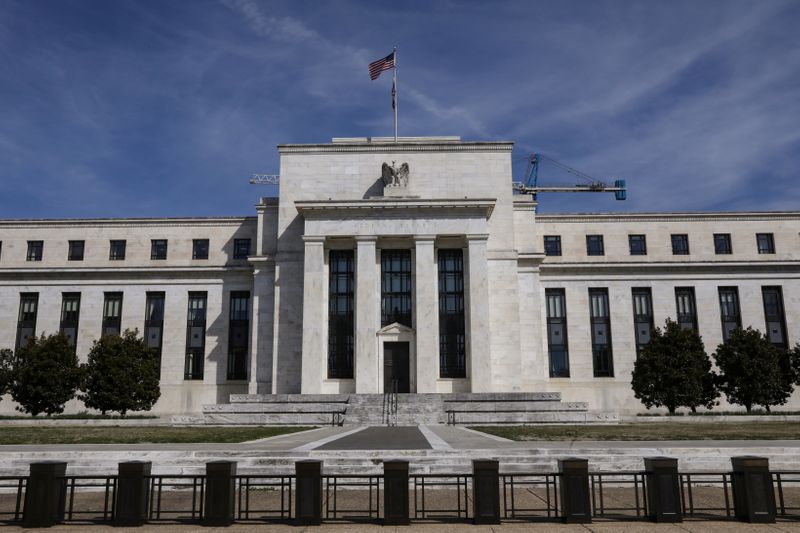This post was originally published on this site
https://i-invdn-com.akamaized.net/trkd-images/LYNXMPEGBH1N6_L.jpg
WASHINGTON (Reuters) – The largest U.S. banks have enough capital to withstand over $600 billion in losses from a short sharp economic slump, as well as a moderate longer-lasting downturn, and will be permitted to pay out dividends and buy back stock on a limited basis, the U.S. Federal Reserve said.
The central bank on Friday released the results of its second bank “stress test” for 2020, the first time it has put banks through their paces twice in one year since it began the annual health checks following the decade-ago financial crisis. The Fed had previously barred banks from buying back stock to help them build capital reserves during the coronavirus pandemic.
The results of the second test of 2020, which the Fed pursued to reflect the severe economic impact of the pandemic, found that banks suffered more severe losses than under the previous test.
But months of building up reserves helped ensure they were positioned to weather the downturn well, with the Fed finding all firms remaining above minimum capital requirements after taking those losses. As a result, the Fed said it was relaxing its restrictions on capital payouts by banks, allowing them to buy back stock in the first quarter of 2021, after barring them in June.
“The banking system has been a source of strength during the past year and today’s stress test results confirm that large banks could continue to lend to households and businesses even during a sharply adverse future turn in the economy,” said Fed Vice Chairman Randal Quarles in a statement.
Under the new restrictions, a bank would be allowed to pay out dividends and buy back stock so long as such sums did not exceed its net income from the last year. The Fed also announced it would not use the new results to tweak how much it ordered each bank to hold as a “stress capital buffer” following the previous test results.
See FACTBOX for more on how this year’s tests have changed

